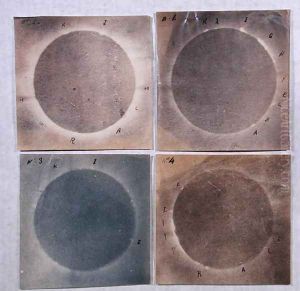Angelo Secchi Paintings
Angelo Secchi was an Italian astronomer and Jesuit priest, renowned for being one of the founding figures of astrophysics and for his pioneering contributions to the field. Born on June 29, 1818, in Reggio Emilia, Italy, Secchi displayed an early interest in science and was educated at the Jesuit college in Reggio before entering the Jesuit novitiate at a young age.
After completing his studies in philosophy, he was sent to the Roman College to study theology. It was here that Secchi began his work in astronomy under the tutelage of Father Francesco de Vico, an esteemed astronomer at the time. Secchi was ordained a priest in 1847, and his scientific work was temporarily interrupted by the political turmoil of the period, including the Roman Republic's establishment during which the Jesuits were expelled from the Roman College.
Secchi returned to the Roman College in 1850, after the restoration of the Papal States, and took charge of the college's observatory in 1853. He made significant improvements to the observatory, equipping it with state-of-the-art instruments. Secchi's work was instrumental in developing the field of spectroscopy, and he was one of the first scientists to systematically study the spectra of stars, categorizing them into what is considered the first version of the stellar classification system. His classification divided stars into four main types, which would later evolve into the Harvard classification system.
Beyond stellar spectroscopy, Secchi made contributions to solar physics, and he was a pioneer in the study of solar prominences and the solar chromosphere. He also engaged in meteorological and terrestrial magnetic studies, installing a meteorological station at the Roman College. His work on the sunspots and solar rotation significantly advanced the understanding of solar physics.
Angelo Secchi's legacy is marked by his role in transforming astronomy from a discipline that primarily cataloged the positions of celestial objects to one that began to explore the physical properties of those objects. His work laid the groundwork for the modern field of astrophysics. Secchi died in Rome on February 26, 1878, leaving behind a rich legacy of scientific contributions and having been a key figure in the Jesuit scientific community of the 19th century.
